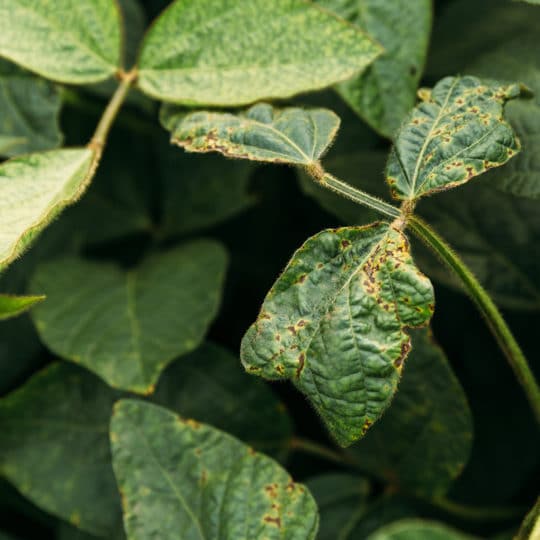Diagnosing Plant Problems
At Any Stage of Life
Posted
February 2, 2023

Diagnosing plant problem is important atDiagnosing plant problems is important at any stage of its life, from seedling to mature plant. Every part of the plant—from root to leaf—is also an indicator of health. Use this as a guide to help diagnose a problem your plant may be experiencing and work to correct the situation for optimal growth.
Diagnosing Seedling Problems
Plants may show signs of distress as early as their first seedling sprouts. If you’ve planted the seed yourself or you’re shopping for a young plant, use these indicators to help determine overall plant health.
If the seedling looks limp and unhealthy, check the environment. It may be too:
- Wet
- Dry
- Hot
- Cold
If the seedling looks limp and unhealthy, but it’s in the ideal environment for the particular plant, then:
- The seed may be damaged or diseased
- It’s planted too deep
- Soil is compacted
- There’s too much fertilizer
If the seedling looks healthy but it’s not growing:
- Adjust the light
- Evaluate the fertilizer
- Check the temperature
Any distorted leaves could be an indication of pest infestation or chemical imbalance. If the leaf tips look burnt, there may be too much fertilizer or pesticide damage.
Young & Established Plants
Once the plants make it through the seedling stage, the same environmental rules apply. However, healthy established plants can tolerate a little more than a young seedling can. Still, be on the lookout for these signs of distress.
- Yellowing leaves. It may be too hot, in poor light, overfertilized, overwatered, or pot-bound.
- Dead or discolored leaves. Could be disease or pest damage. Red or purple leaves could indicate a nutrient deficiency.
- Dead leaf tips. Overfertilized, underwatered, or damaged by pests.
- Small leaves. Low light and humidity, poor fertilization, root rot.
- Brittle leaves. Mites or nutrient deficiency.
- Wilting leaves. Either too much or too little water. Rotting roots and stems.
- Sticky leaves. Pest infestation (if the plant isn’t supposed to be naturally sticky).
- Leaf drop. Too much fertilizer and water, damage from cold or pests, not enough light.
Check the stem for additional signs:
- If the stems are too small, it could be a nutrient deficiency or pest problem.
- Dead tips are a sign of too much fertilizer, not enough water, and insect damage.
- Rotting stems are a sign of overwatering and disease.
The Root of the Problem
Sometimes the problem lies beneath the surface. If you’re shopping for a new plant, check the roots on any potted varieties before purchasing. If you can see the root of the plant you planted yourself, that could be part of the problem.
- Roots close to the soil surface are an indication the surface is too hot, too wet, or too compact. Soil could have been washed away during watering.
- Dark, limp roots have been overwatered, overfertilized, or rot from disease.
- Swollen roots could be a sign of infection.
Diagnosing Plant Problems
When you’re looking at the entire plant overall, many of its problems stem from the light, fertilizing, and watering conditions. On the other hand, some plants just don’t thrive under the best of circumstances. Whatever the case may be, the best way to help a plant stay healthy is to research the amount of light, water, and nutrients it needs. Maintain a proper schedule, and hopefully, you won’t have to worry about any of the problem signs mentioned above.